Both dogs and birds are beloved companions that bring joy and happiness to our lives. However, your dog’s instincts can sometimes lead to unfortunate incidents, such as when a dog kills a bird. Understanding why this happens and how to prevent it can help ensure the safety of both your feathered friends and your canine companion.
Dogs kill birds due to their instincts, lack of training, and poor socialization. Boredom and excess energy can also be the reasons.
Let’s dive in and find out the reasons why dogs kill birds. We will also provide some practical tips on how to prevent such incidents from occurring.
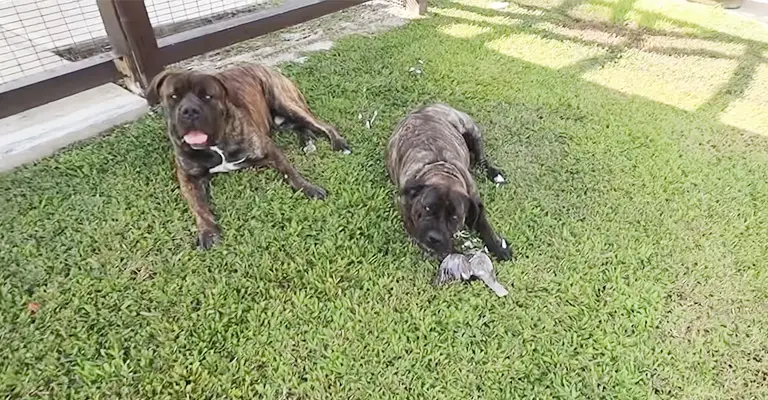
Why Do Dogs Kill Birds?
Dogs are natural predators, and their ancestral instincts as carnivores, drive them to chase and sometimes kill small animals like birds. Several factors can contribute to why dogs may engage in such behavior:
Instinctual Prey Drive
Dogs are descendants of wolves, and some breeds still retain a strong prey drive. They may see birds as prey and instinctively chase and attack them.
Lack of Proper Training
Dogs require appropriate training to understand which behaviors are acceptable and which are not. They may act on their natural instincts without proper training, leading to bird-killing behavior.
Hunting and Retriever Breeds
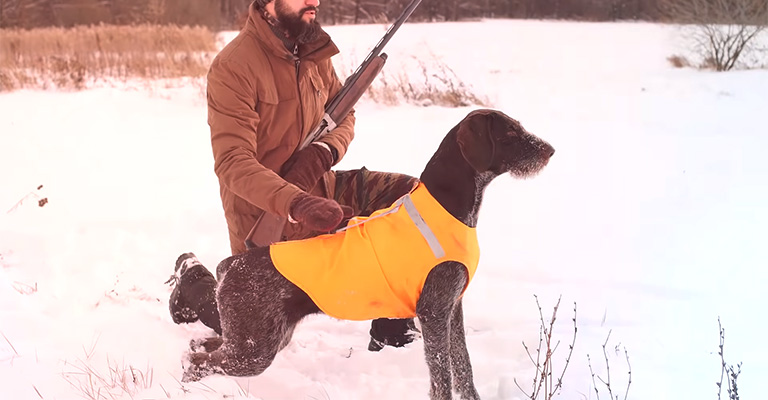
Some breeds, such as Pointers, Setters, Retrievers, and Terriers, have been selectively bred for hunting instincts. These dogs may have a stronger prey drive and are likelier to chase and kill birds.
Lack of Socialization
Dogs not adequately socialized may view birds as strange creatures and react inappropriately, leading to aggressive behavior.
Boredom and Excess Energy
Dogs that are not mentally or physically stimulated can become bored and restless. In their search for entertainment, they may chase birds as a form of stimulation.
Protective Instincts
Some dogs are naturally protective of their territory and family. They may exhibit aggression towards birds if they perceive birds as a threat.
Lack of Proper Supervision
Leaving a dog unsupervised in an environment where birds are present increases the likelihood of an encounter. Dogs may take advantage of the opportunity to chase and potentially harm birds.
Prey-like Behavior
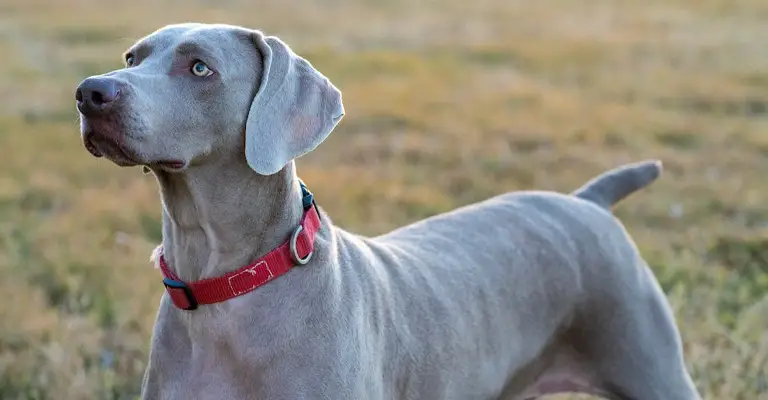
Birds that exhibit sudden movements or make loud noises can trigger a dog’s instinctual prey drive, prompting them to give chase.
Lack of Recall Training
A dog lacking recall training may not respond to commands to return while chasing a bird. This can lead to the unfortunate outcome of the bird being caught or killed.
Genetic Factors
Due to their genetic makeup, some dog breeds may have a stronger predisposition to hunting and chasing behaviors. While this doesn’t guarantee they will kill birds, it increases the likelihood.
How to Prevent My Dog from Killing Birds?
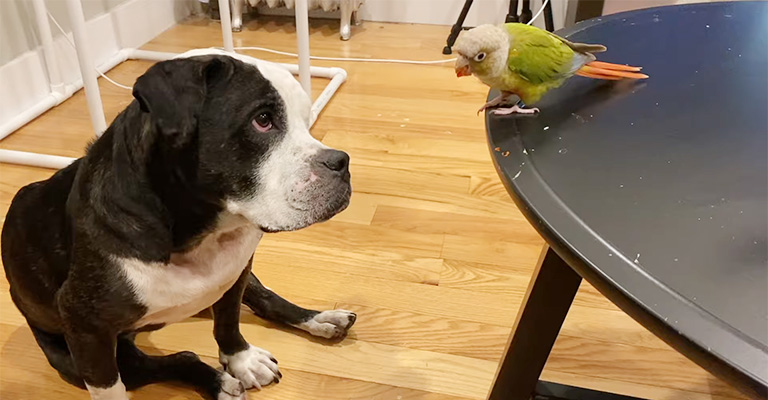
If your dog tends to chase and harm birds, there are several steps you can take to prevent such behavior. It’s important to remember that dogs have instincts, and some breeds have a higher prey drive than others.
However, with consistent training and management, you can help discourage your dog from pursuing birds. Here are some tips:
Training and Socialization
Proper training and socialization from an early age are essential to teaching your dog appropriate behavior around birds. Enroll your dog in obedience classes and expose them to various environments, including interactions with birds, in a controlled and supervised manner.
Positive Reinforcement
Use positive reinforcement techniques to reward your dog for desirable behaviors, such as ignoring birds or responding to commands. This helps reinforce good behavior and discourages bird-chasing instincts.
Provide Mental and Physical Stimulation
Ensure your dog receives enough mental and physical exercise to prevent boredom and restlessness. Engage them in activities like puzzle toys, interactive games, and regular walks or play sessions.
Create a Safe Environment
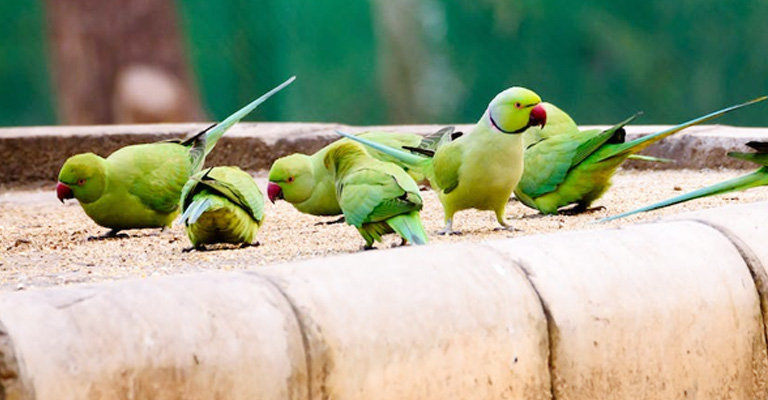
If you have pet birds, creating a safe and secure environment that prevents access to your dog is crucial. Use bird cages or aviaries with sturdy construction and keep them in areas your dog cannot reach them.
Use Visual and Auditory Deterrents
Install visual deterrents such as scarecrows, reflective objects, or wind chimes near bird-populated areas. These can help deter dogs from approaching birds.
Leash Control
Keep your dog on a leash in areas where birds are present, especially if your dog has a strong prey drive. This allows you to maintain control and prevents your dog from chasing or harming birds.
Recall Training
Teach your dog a reliable recall command, such as “come” or “here.” Practice this command regularly in different environments, gradually increasing distractions. A strong recall can help redirect your dog’s attention away from birds when needed.
Seek Professional Help
If your dog’s bird-chasing behavior persists despite your efforts, consider consulting a professional dog trainer or behaviorist. They can assess the situation and provide personalized guidance and training techniques.
Consistency, patience, and positive reinforcement are essential when training your dog. Understandingunderstand that changing instinctual behaviors takes time and that every dog is unique.
Which Dog Breeds Often Attack Birds?
While it’s important to note that each dog is an individual and behavior can vary, certain dog breeds have been historically bred for hunting or have a higher prey drive. These breeds may be more likely to exhibit bird-chasing or predatory behavior. Some examples include:
- Pointers (e.g., German Shorthaired Pointer, English Pointer)
- Setters (e.g., Irish Setter, English Setter)
- Retrievers (e.g., Golden Retriever, Labrador Retriever)
- Terriers (e.g., Jack Russell Terrier, Rat Terrier)
- Sighthounds (e.g., Greyhound, Whippet)
FAQs
Yes, you can train your dog to ignore or avoid chasing birds with proper training and consistency. Positive reinforcement techniques and recall training are particularly effective.
Punishing your dog after the fact may not be effective, as they may not understand why they are being punished. Instead, focus on preventative measures and redirect their attention to more appropriate behaviors.
Yes, it is possible to have dogs and birds coexist peacefully. Proper training, supervision, and a safe environment are vital to ensuring their safety and well-being.
Neutering or spaying your dog can reduce behaviors, including roaming and aggression. However, it may not eliminate prey drive or instinctual behaviors.
If your dog kills a bird, ensure the safety and well-being of your remaining birds, if any. Assess the situation and take measures to prevent future incidents, such as reinforcing training, increasing supervision, or creating a more secure environment.
Final Thoughts
So, that was all about why dogs tend to kill birds and how to prevent it. Understanding why dogs kill birds and taking proactive steps to prevent such incidents is crucial for maintaining the well-being of both our canine companions and our feathered friends.
Providing proper training, socialization, mental and physical stimulation, and creating a safe environment can minimize the risk of dogs engaging in bird-killing behavior.
Remember, responsible pet ownership involves being aware of our dogs’ instincts and taking measures to manage them effectively. By doing so, we can foster a harmonious coexistence between dogs and birds.